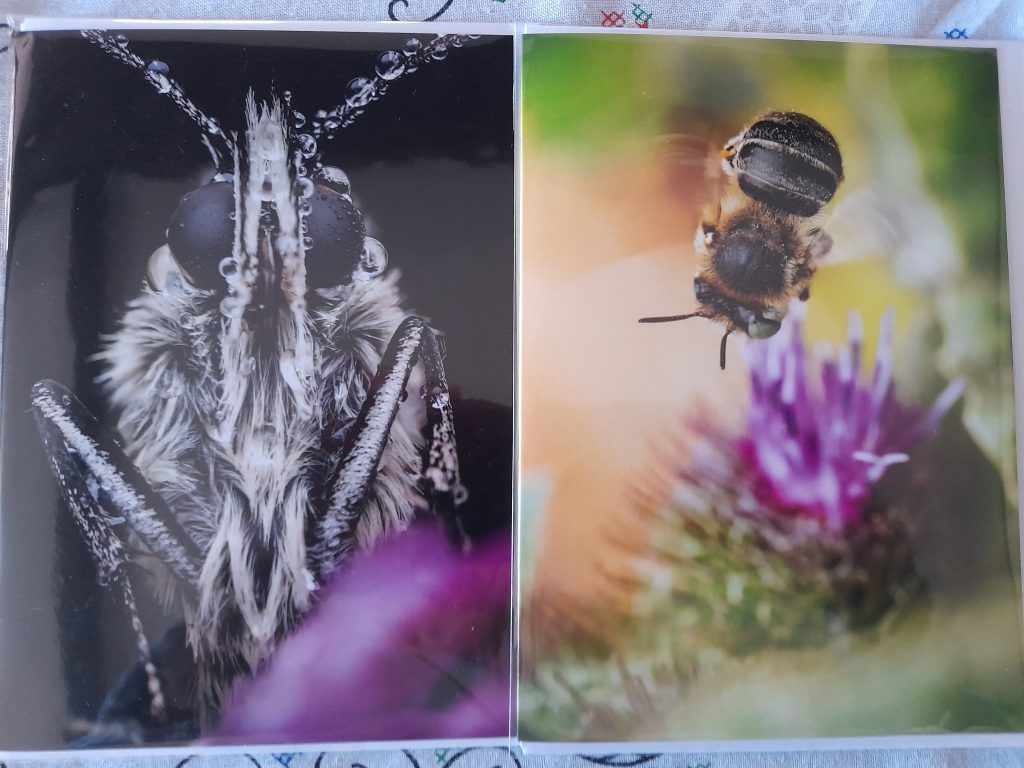On Saturday, September 16, the Community garden in Love Lane brought together supporters, youth and adults, to show off the insect homes and bird houses they created at a workshop a couple of weeks before, also in the garden. One creation was admired by all, that of a Ziggurat of Ur. It did get the top prize as part of the Creative Homes competition at this years Rye Arts festival.
Dominic Manning writes:
The Ziggurat of Ur was built during the early Bronze Age (21st century BC) in Mesopotamia, modern day, Iraq. Ur, along with nearby Uruk, were the world’s largest cities in the world at that time. The massive step pyramid measured 64m in length, 45m in width and over 30m in height. It was a shrine to the moon god Nanna, or Sin.

The project started off as a ‘conventional’ bug hotel made out of pallets, but it dawned on me that two standard pallets could serve as the bottom tier of the Ziggurat, at a scale of 1:60. Due to the time constraints only the top two tiers (the smallest ones) are populated with bug friendly bamboo and twigs, with the biggest tiers below empty. These can be populated in due course.
Pallets are readily available as a source of timber and I even managed to re-use some rusty nails. The figurine in the temple is anachronistic, as it is a clay replica of the Orkney Venus, or Westray wife, a 4cm tall carved sandstone figurine, estimated to be 5,000 years old, the only brown Neolithic carving of a human form to have been discovered in Scotland.
 Insects have been around for a long time (at least 350 million years), whereas homo sapiens only appeared about 300,000 years ago. There are lots more bugs than human; for every human, there are approximately 1.4 billion insects. The total weight of all the insects is about 70 times more than all the people.
Insects have been around for a long time (at least 350 million years), whereas homo sapiens only appeared about 300,000 years ago. There are lots more bugs than human; for every human, there are approximately 1.4 billion insects. The total weight of all the insects is about 70 times more than all the people.
It takes bees about 10 million nectar collecting trips to make one pound of honey. Bugs deserve our respect – the Ziggurat is for them to enjoy and live in.
Image Credits: Heidi Foster , Kt bruce .



